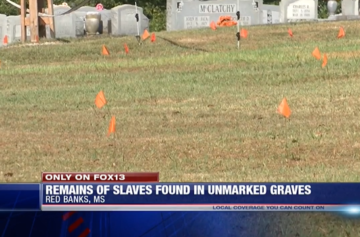Say the words “slave revolt” and images of bloody confrontations waged with guns, machetes, and pitchforks come to mind. But the self-liberation of former slaves Ellen and William Craft shows that the route to freedom could also be paved with smarts and guile as opposed to bloodshed.
Using her light-skinned hue to her advantage, Ellen, a biracial slave born in 1826 in Georgia, figured that the best way to beat the slave holders in her region of the country was to, in a sense, join them.
So Craft cooked up a plan to to pose as a White slave owner by cutting her hair, adopting a man’s walking gait, and hiding the fact that she couldn’t read. All this with her “slave” in tow.
The plan allowed the Crafts to travel through the South to Philadelphia, where they arrived in the winter of 1848. They moved to Boston and became influential abolitionist speakers.
One would think that would be the heartwarming end to the Crafts story of ingenuity and bravery, but one would also be underestimating the brutality of the American slave system.
In 1850, Congress passed the Fugitive Slave Law, which allowed slave masters to cross in to non-slaveholding areas to retrieve their “property.” The Crafts were forced to run to England but returned to Georgia after the Civil War.
Ellen Craft died in 1891 and William died nine years later.
The story of the Crafts is one of those great stories that has unfortunately slipped between the cracks of African-American history over time. It’s a shame.
We all know about Nat Turner, John Brown, and others who were willing to shed blood (including their own) for the cause of ending slavery. We all know about the bravery of Harriet Tubman and pthers…
To read entire story, go to: NewsOne


